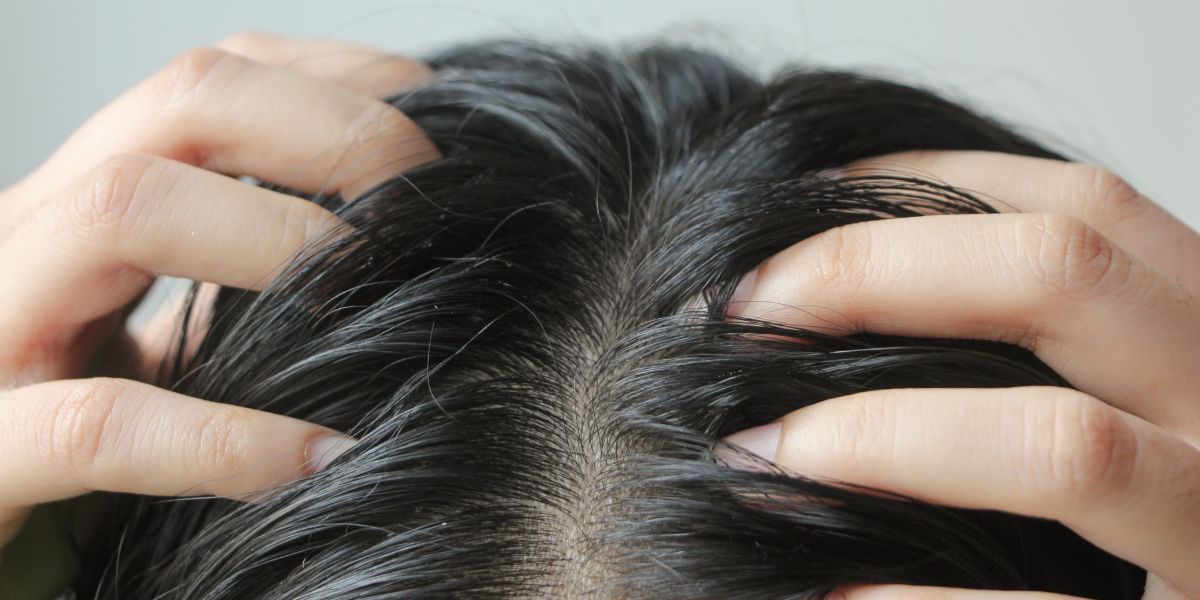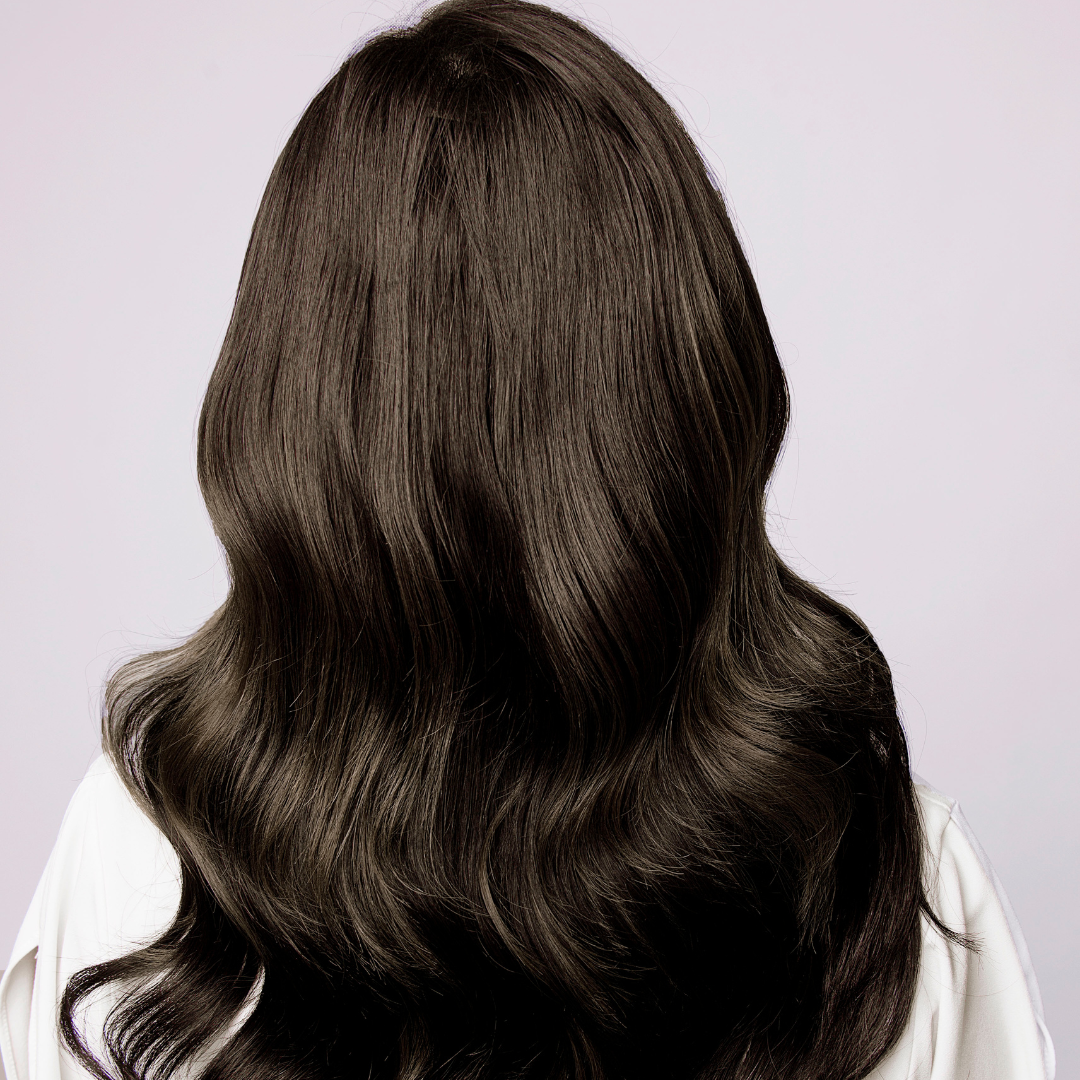Hair thinning can be a distressing experience for many, often creeping up subtly before becoming noticeable. Understanding the early signs is crucial for taking timely action to address the issue and prevent further thinning. In this comprehensive guide, we will explore the subtle indicators of hair thinning, including changes in hair volume, texture, and the overall appearance of your hairline.
- Decreased Hair Volume
One of the first signs of hair thinning is a reduction in hair volume. If your hair feels less dense or appears flatter than usual, it might be an indication of thinning. This can be particularly noticeable when styling your hair. Pay close attention to areas such as the crown and temples, where thinning often starts. Using volumizing shampoos and conditioners can temporarily help, but addressing the underlying cause is essential for long-term improvement.
2. Changes in Hair Texture
Thinning hair often feels different to the touch. You may notice your hair becoming finer, more fragile, or limp. This change in texture can make your hair more prone to breakage and split ends. If your hair suddenly becomes difficult to style and doesn't hold its shape as well as it used to, it could be a sign of thinning. Incorporating products that strengthen hair, such as those containing biotin or keratin, can help improve hair texture.
3. Receding Hairline
A receding hairline is a common sign of hair thinning, especially in men. Women can also experience this, typically around the temples and forehead. A gradually receding hairline, forming a more pronounced "M" shape, is a clear indicator. Compare old photos with recent ones to track any changes in your hairline. Early intervention can help slow down or even reverse the progression of a receding hairline.
4. Widening Part
Another subtle yet significant sign of hair thinning is a widening part. If you part your hair the same way regularly and notice that the part is becoming wider, it might indicate thinning. This is due to a decrease in hair density along the part line, making more scalp visible. Checking your part under different lighting conditions and angles can help you spot this early sign.
5. Increased Hair Shedding
While it’s normal to lose 50-100 hairs per day, noticing a sudden increase in shedding can be alarming. Significant hair loss during showering, brushing, or on your pillow might indicate thinning. Keeping track of how much hair you’re losing and the duration can help identify patterns. If you notice clumps of hair falling out consistently, it’s time to consider potential underlying causes and seek professional advice.
6. Scalp Sensitivity
Scalp sensitivity, itching, or tenderness can accompany hair thinning. This discomfort may be due to inflammation or irritation of the hair follicles. Conditions like seborrheic dermatitis or psoriasis can also cause these symptoms, leading to hair thinning. If you experience persistent scalp sensitivity, it’s essential to consult a dermatologist to rule out any underlying scalp conditions.
7. Miniaturization of Hair Strands
Miniaturization refers to the gradual shrinking of hair follicles, producing thinner and shorter hairs over time. This process is often a sign of androgenetic alopecia, commonly known as male or female pattern baldness. Examining individual hairs and noticing a variation in thickness can help identify miniaturization. Early intervention with treatments like minoxidil can help manage this condition.
Using Revitalize for Hair Growth
Incorporating natural remedies like Revitalize into your hair care routine can significantly benefit hair growth and health. Revitalize has been praised for its ability to stimulate hair follicles, improve circulation, and promote healthier, thicker hair.
Understanding DHT and Hair Loss
Dihydrotestosterone (DHT) is a hormone linked to hair loss. It’s derived from testosterone and can bind to receptors in hair follicles, causing them to shrink. This process leads to shorter hair growth cycles and finer hair strands, eventually resulting in hair thinning and loss.
How Revitalize Helps with Hair Loss Prevention
Revitalize contains ingredients that can help block DHT and support healthy hair growth. Here are some of the key benefits:
- DHT Blocker: Revitalize includes natural DHT blockers that prevent the hormone from binding to hair follicles, reducing hair thinning and loss.
- Stimulates Hair Growth: The formula can improve blood circulation to the scalp, encouraging hair growth.
- Strengthens Hair: Revitalize nourishes hair follicles, preventing hair breakage and split ends.
- Improves Scalp Health: Its anti-inflammatory properties help soothe an irritated scalp and reduce dandruff.
- Prevents Hair Loss: Regular use of Revitalize can strengthen hair at the root, reducing overall hair loss.
How to Perform a Scalp Massage Using Revitalize
For Hair Loss:
- Prepare the Oil:
- Use the dropper to measure one to two droppers full of Revitalize oil.
- Apply to Scalp:
- Part your hair into sections to ensure even distribution.
- Apply the oil directly to your scalp.
- Massage Technique:
- Use your fingertips to gently massage the oil into your scalp.
- Perform circular motions to improve blood circulation and stimulate hair follicles.
- Focus on areas with noticeable thinning.
- Leave-In Time:
- Leave the oil on overnight or for at least 3 hours before washing your hair.
- Frequency:
- Apply at least three times a week for best results.
- Revitalize can also be used daily for additional nourishment.
Conclusion
Recognizing the early signs of hair thinning is crucial for taking proactive measures to maintain healthy hair. By paying attention to changes in hair volume, texture, and the appearance of your hairline, you can identify thinning early and seek appropriate treatments. Incorporating natural remedies like Revitalize hair oil can provide a boost to your hair growth efforts, promoting healthier, thicker hair. If you suspect you’re experiencing hair thinning, consider consulting a dermatologist or hair specialist for personalized advice and treatment options. Taking action early can make a significant difference in preserving your hair’s health and appearance.




